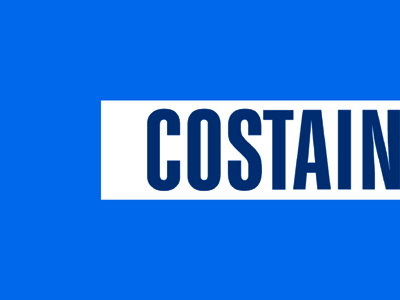Technology Innovation Cuts Carbon

29 September 2016
A Costain-led study has successfully shown how innovation can cut carbon in the supply chain.
The use of low carbon technology can also bring many other benefits such as quieter vehicles and plant, making construction invisible in cities where customers need to continue with their business with no disruption.
Tim Embley, Group Innovation & Knowledge Manager said: “It is a really exciting time for this transformational technology that is competing with and outperforming traditional technologies. I’m delighted the Costain team is working across industries to transfer and encourage the acceleration of this type of technology to market. We have had significant support from manufacturers and suppliers of this type of equipment.”
Funded by Innovate UK, the year-long project involved a number of trials at Costain sites that showed how new technology can reduce both carbon and costs on major projects. The project also involved Cenex, a non-profit centre of excellence for low carbon technology, the University of Edinburgh Business School, and plant manufacturers, hire firms and key supply chain partners.
“The aim of the investigation was to see how advances in low carbon technology and telematics could help reduce carbon in our supply chain and improve sustainability of the end service delivered to the customer,” said Costain’s Chris Hills, who delivered the project.
The study also touched on the availability, sharing and use of data such as asset schedules and plant manufacturers’ databases, making it a very novel project with tangible benefits to the customer such as asset optimisation and reduced cost through a change in behaviours of how resource is used. During the study , the team was able to make decisions based on the results and swop traditional approaches to improve delivery methods.
Trials conducted at sites around the country explored how telematics could provide the data needed to improve understanding of assets. Telematics monitored the fuel efficiency and productivity of machines such as excavators, loaders and telehandlers as well as vans and trucks, demonstrating a real market need for the provision of low carbon vehicles.
Said Chris: “One trial involved optimising the routes for fuel bowsers which deliver fuel to plant around the site. We wanted to know if we could better organise the route to both reduce the fuel required by the bowser and also make refuelling more efficient to increase productivity.”
Trials also assessed how alternative fuelled vehicles and plant such as electric vehicles and hybrids could play their part in saving fuel and cutting carbon, both in operations on site and in the supply chain. A trial at the ATC JV which is installing railway systems on the Crossrail project in London determined the maximum range achievable for electric site-to-site vehicles on centralised, urban projects. The results showed that an electric van could achieve return distances from east to west London, that fuel consumption and carbon emissions were reduced, and also that there were significant financial savings from not having to pay the Congestion Charge. “There was zero productivity impact, and maximum commercial and environmental gain,” summed up Gary O’Brien, Environmental Advisor on the contract.
Said Chris: “We have now devised a methodology to determine where low carbon vehicles could replace diesel vehicles. A series of steps examines factors such as mileage and type of fuel and looks at how the alternative technologies measure up.”
For Costain’s Damien Canning, who provided advice and guidance on future policy, the study demonstrates Costain’s commitment to meeting the targets laid out in the Government’s Infrastructure Carbon Review.
He said: “The work also shows our determination to use our compliance with ESOS (Energy Savings Opportunity Scheme) to find ways to save energy and cut costs. And it will also allow us to identify opportunities for Eco Operator training that, by helping operators to better understand their plant, will help us save fuel and cut even more costs and carbon.”
The study has also enabled Costain to strengthen its relationship with the leading players in low carbon technologies.
Cenex’s role was to evaluate the performance of alternatively fuelled vehicles and plant, plus to examine the application of telematics to uncover carbon and cost savings.
Said Cenex’s Chris Walsh, Head of Technical Support and Consultancy: “The study gave us the opportunity to work in the construction environment – a new one for us - and look at how innovation can be applied across a layered supply chain. We were impressed by Costain’s commitment to innovation, the way it looks for innovative solutions to make improvements throughout the life of a project.”
Dr Roberto Rossi, Reader in Management Science at the University of Edinburgh Business School, led a team that visited sites to talk with the people on the ground, as well as discussing issues with Costain and its supply chain partners.
He said: “I believe Costain is spearheading this push to reduce carbon emissions in construction. What has surprised and pleased me is Costain’s openness – the Costain team has a very collaborative attitude and is happy to provide what we need to push forward with important industry research.”
Ends
Media Enquiries
Costain Communications Department
01628 842585
[email protected]
